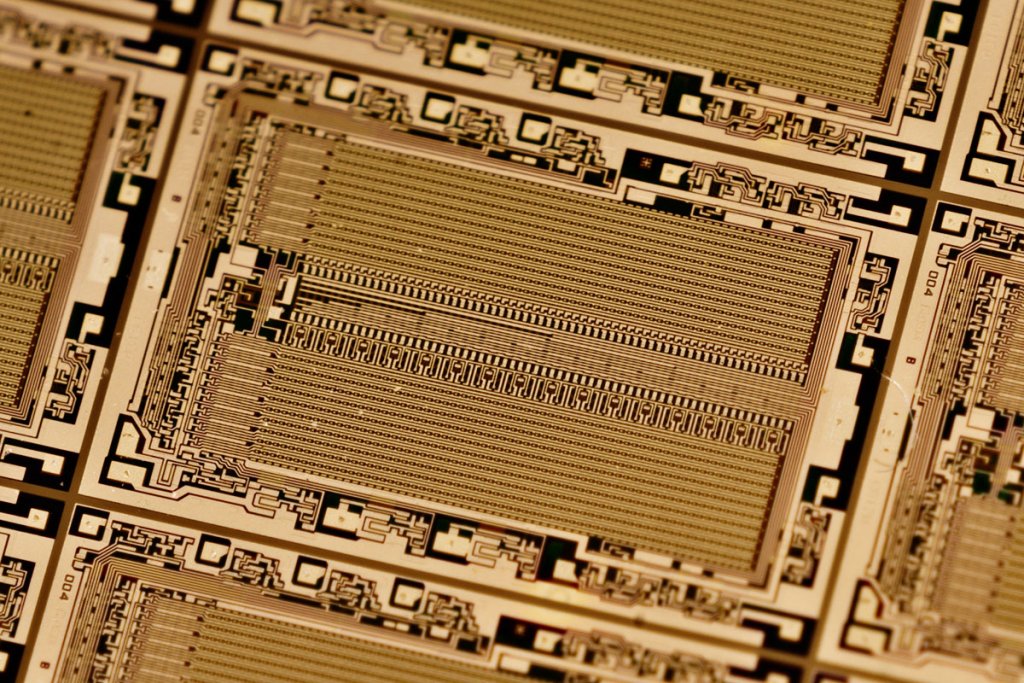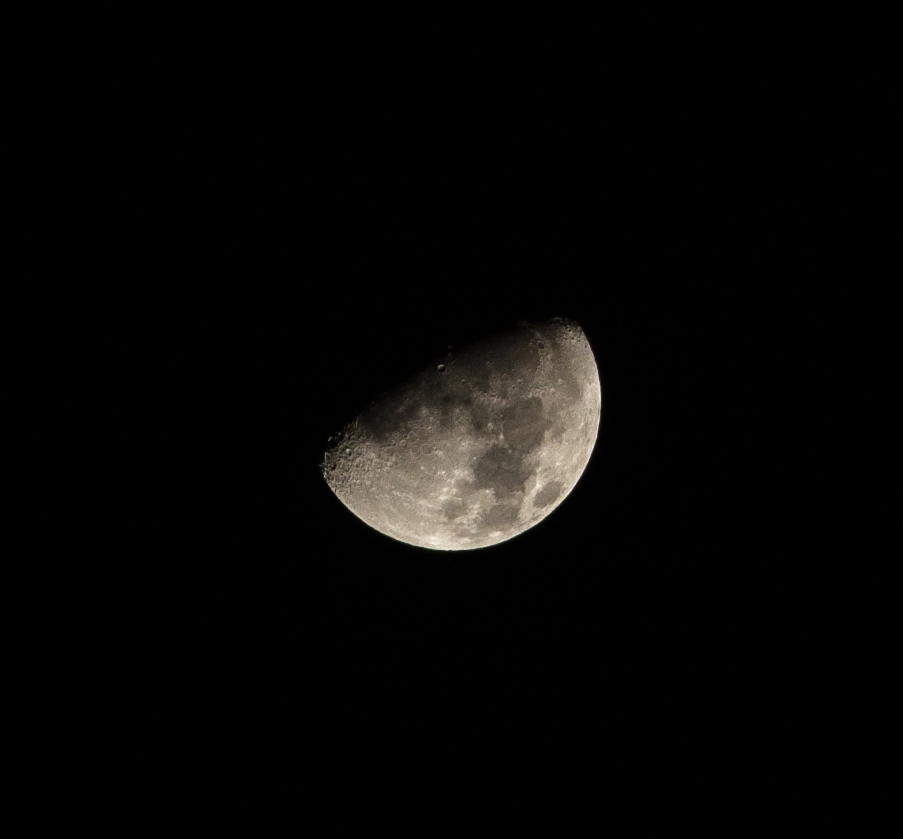 Originally posted by KoolKool
Originally posted by KoolKool 
I'm using wonderful K70 and 18-135, the versatility of 18-135 is the reason i'm happy walking around and enjoying any moment
right now i'm looking for a second len can make me "pleasure myself" the maximum quality out of 24mp for my "private times"
i'm checking Dxomark, and i but really feel kinda...off....none limited lens i see capable resolve 24mp or at least 15mp!


the only best is Sigma one can resolve 16mp


, the DA* can't hold up as well


what you guy think? should i bother too much?
Don't let it bother you at all. This is a machine test, subject to many variables, and from all I have seen very often does not compute in the real world. As far as a 100mm macro lens is concerned, it is a specialty lens good for extreme closeups, and other 100mm uses, but your 18-135mm lens can do many things and do them well that this lens cannot do.
Go by visual comparisons- they are most reliable. Your DA 18-135mm is capable of producing very sharp images. Learn at what settings it is at its best, which are many. The only reason it is "rated" in the mid-level of Pentax lenses is there are numerous factors commonly used to rate lenses. One is available aperture- so a zoom lens having a constant aperture capability throughout its zoom range, like f/4, means if you are shooting in Manual mode and are zooming to different framing, you won't have to constantly reset your aperture if you are shooting at wide open aperture- practical advantage for these conditions. And it can stay at f/4 at focal lengths where other lenses would go no wider than f/5.6 or so. Therefore it gets a higher rating. The DA 18-135mm lens will have a variable maximum aperture when zoomed. If the constant aperture lens is also a fast zoom lens, like f/2.8, it can provide a shallower depth of field (DOF) at the same focal length (FL) meaning the background will be blurrier to make a subject stand out more. It can also provide faster shutter speeds at the same light level than a lens having a less wide aperture (higher number). So it gets a higher rating yet. There are a lot of other aspects. This does not mean your DA 18-135mm is not capable of producing excellent images- it certainly can and does. Many are posted in threads in these forums.
I have some of the highest-rated lenses, but I still value having my wonderful DA 18-135mm!
---------- Post added 01-03-19 at 01:45 PM ----------
 Originally posted by normhead
Originally posted by normhead 
In my recent poll, I tried to match Pentax jpeg using raw and my PP software. It actually take s fair bit of work to match the jpeg, although the raw gave considerable more latitude for changing the colour balance to something more artistic. Something 90% of the poll respondents didn't even like. MY current conclusion, you have to be pretty good with your PP software to do better than the K-1 jpeg engine, and it's going to take more time than I usually spend on all but the best images. My guess is 90% of the forum would be happier saving time and shooting jpeg, as they don't believe in doing the things raw lets you do.
I also agree! I haven't seen a true statement of this kind in a long time. I have found it is often troublesome to bring meaningful improvement over images from a really good camera jpeg processor. That of the KP is awesome! It is a great timesaver. Shooting both gives one the option in situations where it "might" present an advantage.
As to a second lens, in your case it would best be a prime lens (no zoom) of a certain focal length. These can provide the absolute top level quality, but to do that they have to be only one focal length. So, the first thing to determine is- what will be the focal length? Do you need more wide angle? If so, forget what I said about having to be a prime lens- although the very small DA 15mm f/4 Limited is delightful in its top-quality build (another rating factor), fine imaging, and its extreme compactness. However, the excellent extra-wide angle DA 12-24mm f/4 will give prime lenses real competition for quality images- very sharp and low distortion (another rating factor). Excellent edge-to-edge performance. It would also provide a lot of additional range to your present lens.
If you need more aperture for low light situations, so you can get adequate shutter speed without having to increase ISO as much, you need a "fast" prime. The DA 50mm f/1.8 is a good one and has a short telephoto effect- good for portraits. For more versatility, the FA 35mm f/2 is excellent for edge to edge sharpness, and its good build.


 Similar Threads
Similar Threads 















 Post #17 by MossyRocks
Post #17 by MossyRocks








